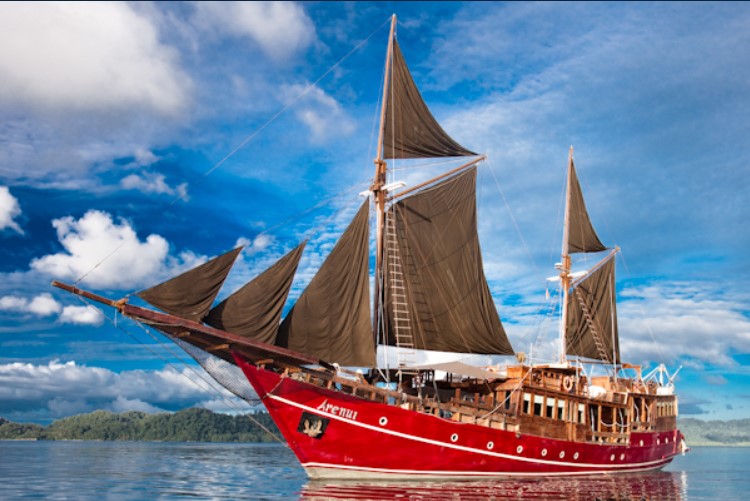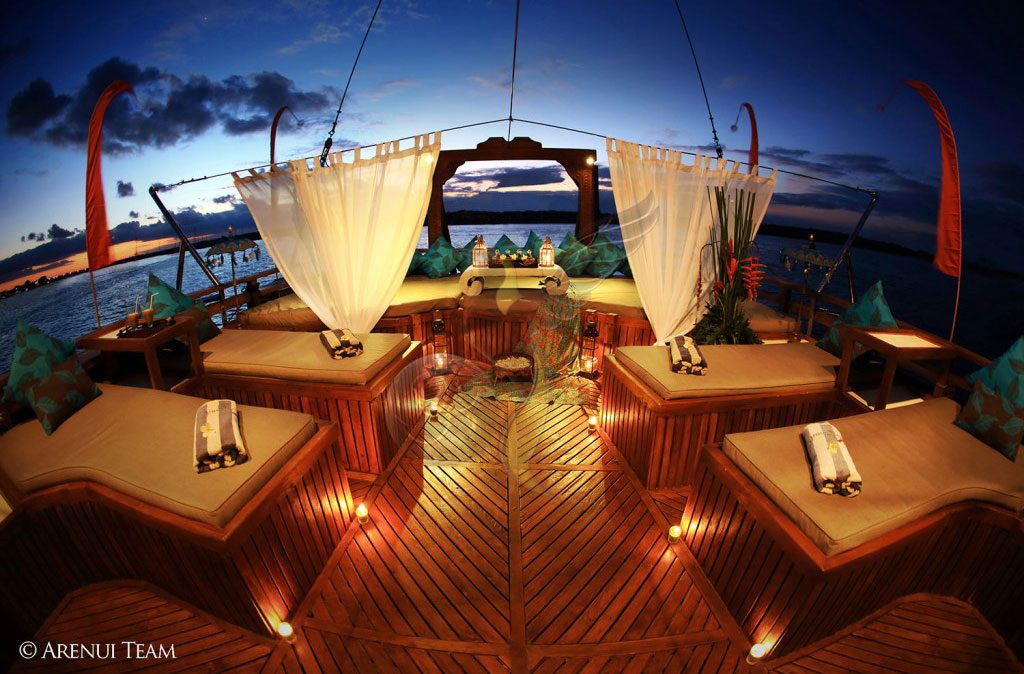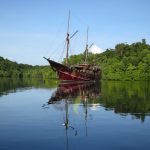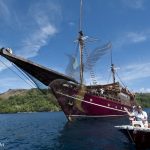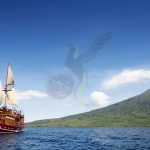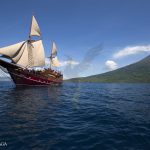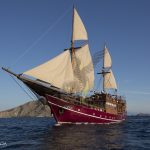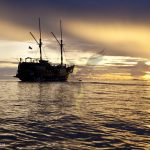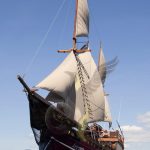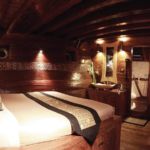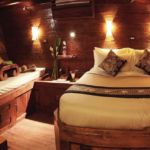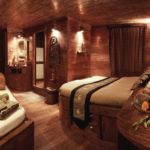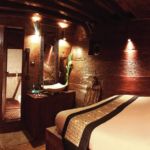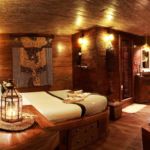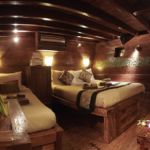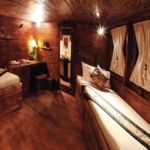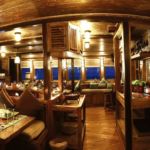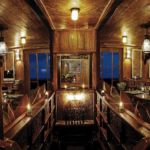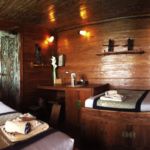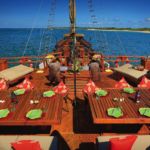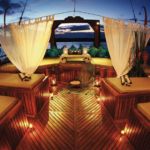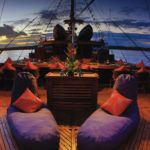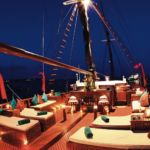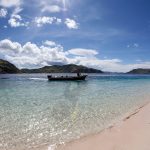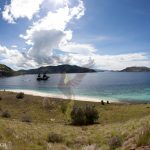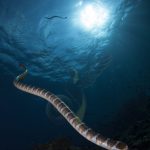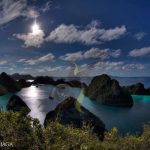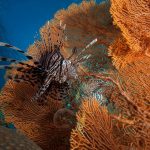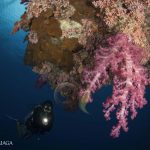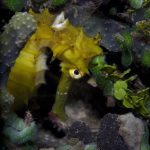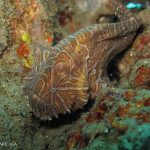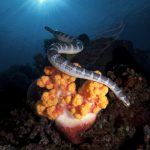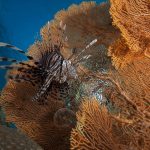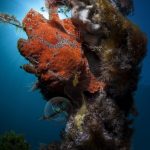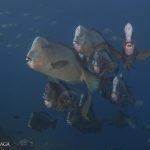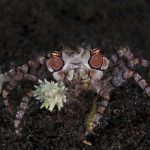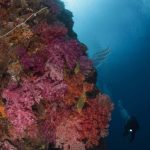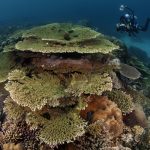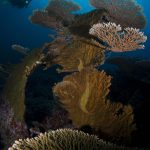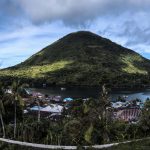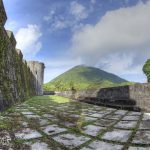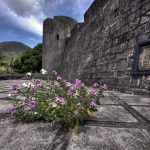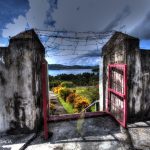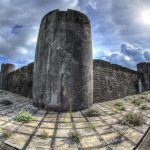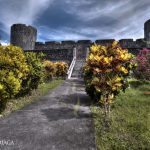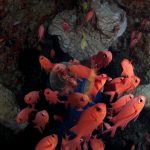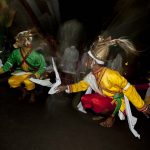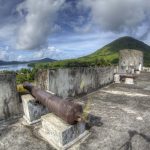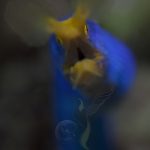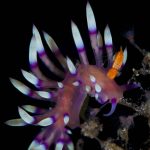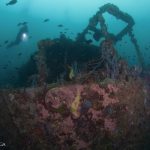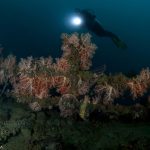Arenui
Arenui
The Arenui liveaboard diving boat is a traditional, magnificent Phinisi, a wooden sailing vessel meticulously designed to help guests explore the breathtaking Indonesian Archipelago. On board the Arenui, you can dive into some of the world’s most renowned underwater sites, rich with diverse marine life. These include Raja Ampat, Alor, Maluku, Komodo, and beyond! Additionally, the Arenui offers a relaxing experience with professional massage and spa treatments for divers.
With the Arenui liveaboard, you’ll sail in style through the stunning Colar Island and beyond, enjoying a unique combination of traditional culture and modern luxury. The Arenui is fully equipped for your diving needs, merging 5-star hotel amenities with the convenience of a liveaboard experience. Unlike traditional land-based resorts, the Arenui takes you directly to Indonesia’s top diving spots.
The Arenui is designed to accommodate up to 16 passengers in 8 spacious cabins (starting at 19 square meters), making it ideal for individuals, couples, or groups. You can even book the entire yacht for charter and experience Indonesia’s wonders with friends.
Each cabin on the Arenui is luxuriously furnished, featuring themes inspired by the unique handicrafts of Indonesia’s diverse provinces. All cabins come with private en-suite bathrooms, individual air conditioning, and the choice of a king-size bed or roomy single beds. A separate lounge area provides added comfort, ensuring guests never feel crowded.
The Arenui liveaboard is your private sanctuary at sea, offering the ultimate escape amidst a constantly changing tropical landscape. Whether you’re a seasoned diver or a first-time explorer, the Arenui promises an unforgettable journey through the best dive sites Indonesia has to offer.
Arenui Liveaboard’s Annual Diving Cycle: Komodo to Raja Ampat and Beyond
From May to October, the Arenui liveaboard cruises through the Komodo National Park, exploring dive sites and stunning landscapes from Bali to Flores and Alor—which offers year-round diving opportunities.
In November, Arenui heads to Ambon in Maluku and the Spice Islands of the Banda Sea, before arriving in the world-famous Raja Ampat in Western Papua, often called the “epicenter of marine biodiversity.” Diving adventures in Raja Ampat continue from December through April, after which the Arenui journeys back towards Alor and Komodo National Park, recognized as one of the New 7 Wonders of Nature.
While diving in Komodo National Park, guests experience diverse marine life and dive environments. From muck diving to exhilarating pelagic encounters, we offer 7 to 13-night cruises that cover renowned dive spots like Gili Lawa Laut, including Crystal Rock and Castle Rock. Here, you can try a ‘reef-hook’ dive, anchoring yourself to the rock to float in the current and observe stunning predator-prey action. Divers will also explore dive sites near an active volcano, where bubbling hot springs add to the unique underwater experience. On land, the adventure continues with a trek to see Komodo’s iconic giant lizards. These cruises offer an incredible variety of dive experiences, including thrilling drift dives, pelagic sightings (manta rays, sharks, whale sharks, sunfish), macro life (pygmy seahorses, blue-ringed octopus, frogfish, ghost pipefish), and pristine coral gardens.
During the Raja Ampat season, Arenui offers 11 to 13-night cruises through some of the region’s top dive sites. Manta Sandy is a favorite for watching and interacting with graceful manta rays at their cleaning station. At Boo Windows, divers can sharpen their photography skills as they capture their dive buddy swimming through natural rock formations surrounded by vibrant corals and fish. Neptune’s Fan Sea invites divers to rush through a gulley in the current, passing by massive gorgonian sea fans in a rainbow of colors. The famous Arborek Jetty is home to pipefish, cuttlefish, octopus, and giant clams, with the recent discovery of the elusive Pontohi pygmy seahorse adding to its allure.
Known for its vibrant underwater colors and dramatic landscapes, Raja Ampat is a dream destination for underwater photographers and nature enthusiasts. With near-perfect conditions, the only challenge is that you might not want to leave!
A Day Aboard Arenui Liveaboard: Diving, Dining, and Adventure
6:00-7:00 AM
Wake up in a remote paradise and start your day with a light breakfast of toast, pastries, fresh fruit, coffee, and juice in the restaurant area. One of the cruise directors will deliver a full dive briefing, using two TV screens to showcase the dive site map and recommended route for exploring the reef. They’ll also refer to fish ID books, highlighting the unique marine life you might encounter at this dive site.
8:00 AM
Time for the first dive of the day! Grab your rash guard, mask, booties, and fins, and hand your camera to the crew, who will place it in a plastic basket for safe transport to the tender. Step into the tender and check your BCD, which is already set up and waiting for you. After a quick 2-3 minute ride to the dive site, gear up and perform a back roll into the water. The first dive is often deeper, perhaps a slow drift dive or an opportunity to hook onto the seabed and observe early morning fish activity. After your dive and safety stop, resurface to find the tender waiting. Head back to the boat, where a crew member hands you a warm towel.
9:30 AM
Enjoy a hearty breakfast spread with hot items and eggs cooked to order. You’ll have already selected your egg preference before the first dive, so your breakfast is prepared and ready. Relax in the sky lounge, nap in your cabin, or update your dive log. Thirty minutes before the next dive, you’ll receive another detailed briefing with a map, route, and images.
11:30 AM
Time for the second dive of the day! This is a great opportunity to bring out your underwater camera and capture images with excellent lighting conditions.
1:00 PM
When it’s not dive-time, it’s food-time! Enjoy a delicious buffet lunch featuring local and Western cuisine, including healthy salads and vegetables to keep you energized for the next dive. After lunch, you can head to the sky lounge for a nap, read a book, chat with fellow guests, or visit the captain in the wheelhouse to learn more about the islands you’re passing. Before the next dive, gather for another dive briefing.
3:00 PM
The third dive of the day kicks off. Fueled by lunch, you’ll drop into the water for an exciting current dive, keeping pace with schools of fish.
4:30 PM
Indulge in a spread of savory and sweet snacks prepared by the chef. Though it’s hard to resist, you’ve earned it after all that diving! This is the perfect time to decide if you’ll join the night dive or opt for an early dinner.
5:00 PM
Unwind with a back massage using fragrant oils, blending with the refreshing ocean breeze. If you’re up for it, head to the dive briefing for the night dive. Alternatively, you can relax with a sunset cocktail and enjoy the view.
6:30 PM
The fourth dive of the day, a night dive, is well worth the wait! The reef comes alive with fascinating nocturnal creatures, and your dive guide will point out some of the smallest, rarely seen species. Afterward, head back to the boat under a starlit sky, where the crew will greet you with a warm towel and a cup of hot chocolate.
8:00 PM
Dinner is served in the sky restaurant on the top deck, where you’ll dine under the stars with fellow divers. Start with a delicious appetizer, followed by soup and the main course, chosen earlier from a daily-changing menu. Cap off the day with a toast to the incredible diving, dessert, and perhaps a short movie before heading to bed.
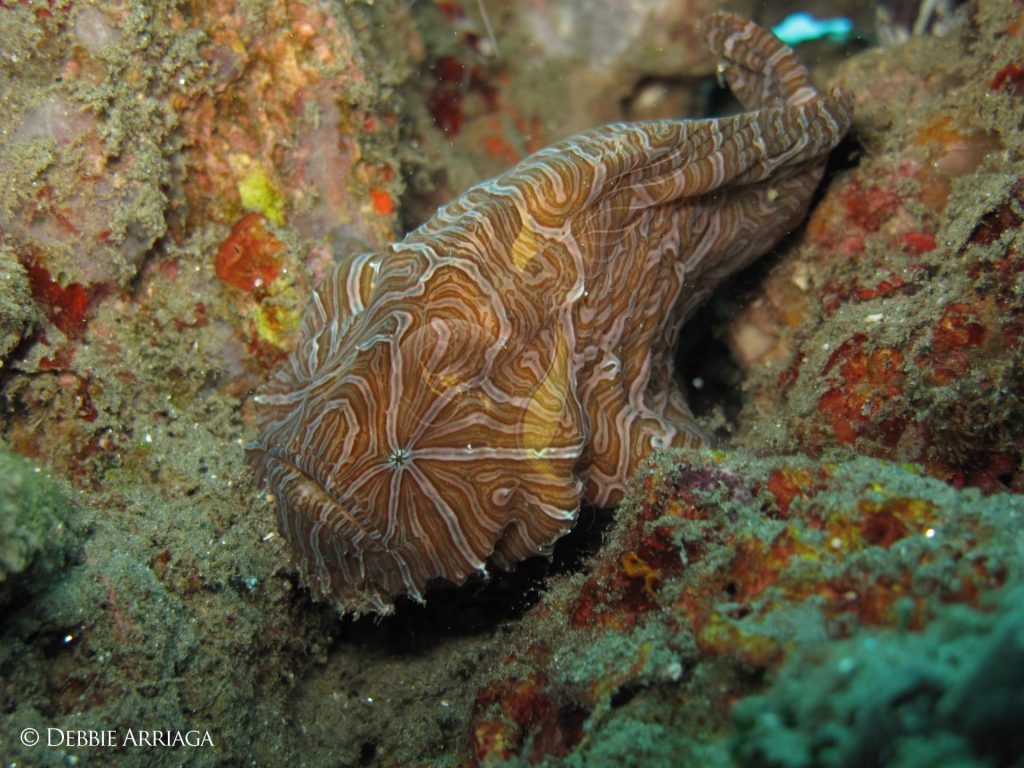
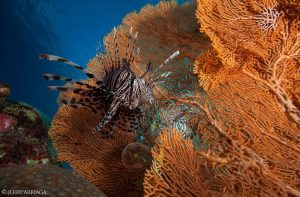
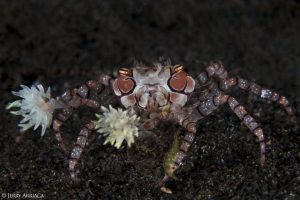
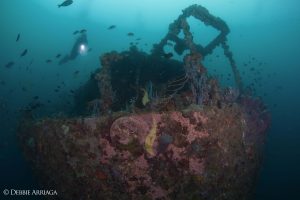
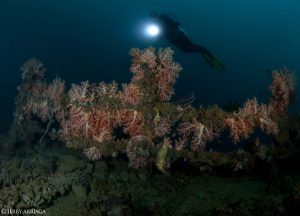
Raja Ampat sample dive areas
Misool – Boo Area
Boo Windows is the most famous dive site in this area, known for its “windows”—rounded openings on the largest rock that pierce the reef from the surface down to five meters (15 feet). Although the two rocks appear separate from above, they are connected underwater by a stunning reef draped in soft corals and teeming with fish. Explore Boo Ridge, an underwater ridge extending from Boo Island’s eastern point, covered in enormous gorgonian sea fans. Keep an eye out for turtles, reef sharks, pygmy seahorses, nudibranchs, and schools of batfish, fusiliers, and snappers. At Shadow Reef, a submerged seamount south of Boo, the marine life is abundant, with napoleon wrasses, baby white-tip reef sharks, barracudas, and occasionally manta rays. Another popular spot is Birthday Cake, a beautiful ridge where divers can find pygmy seahorses, flatworms, nudibranchs, and even the famous “walking shark” (epaulette shark). Eagle Nest, a seamount near Warakaraket Island, offers thrilling fish action with grey reef sharks, giant trevallies, and manta rays.
Misool – Yuliet Area
In the Yuliet and Romeo islands, the surrounding shallow plateaux slope down to reefs and small walls. At Yuliet, divers have a chance to see the rare “Santa Claus pygmy,” a red variation of the Denise pygmy seahorse. The shallows here are full of vibrant soft corals, schools of barracuda, batfish, and napoleon wrasses. Romeo is an excellent night dive site, where the endemic epaulette shark (the “walking shark”) can be spotted.
Misool – Fiabecet Area
The Fiabecet area offers a series of dive sites where vibrant soft corals and large sea fans cover the reefs. A deep underwater ridge connects Boo Island in the east to Kalig Island in the west, forming sites like Boo West Corner, Tank Rock (Batu Kecil), Nudi Rock, and Whale Rock. Expect healthy fish life, pygmy seahorses, nudibranchs, colorful anemones, reef sharks, and the occasional wobbegong shark. Anti-chovy, a large seamount, is home to mobula rays, golden trevallies, and napoleon wrasses. Look for turtles, stonefish, and reef octopuses atop the seamount.
Misool – Wayilbatan Area
Neptune Fan Sea is a channel between two islands, featuring some of the largest gorgonian sea fans you’ll ever see. Begin the dive by exploring the coral heads, where giant groupers may be hiding, before drifting along the wall adorned with sea fans. Four Kings is a spectacular site comprising four pinnacles, where schooling bigeye jacks, spadefish, and grey reef sharks are common. Wedding Cake, Dunia Kecil, and Wayili Rock offer sightings of batfish, trevallies, barracudas, pygmy seahorses, and reef octopuses.
Misool – Daram Area
Daram is the easternmost point in Misool that we visit. The reef at Andiamo is ideal for at least two dives, with a submerged pinnacle covered in sea fans and surrounded by schools of fusiliers and batfish. A short swim over a sandy bottom leads to the main reef, lush with soft corals. Between the two islets, a gap filled with sea fans is perfect for wide-angle photography. Look for blacktip reef sharks and napoleon wrasses among the dense fish life. Candy Store earned its name from the awe-inspiring coral, sponges, and sea fans that make this site feel like a diver’s playground. Warna Berwarna, meaning “vibrant colors” in Bahasa Indonesia, is rich with colorful sea fans and pygmy seahorses. The island’s northwestern ridge is frequented by schools of fusiliers and orange-spotted trevallies, while the shallows are teeming with bumphead parrotfish.
Misool – Pele Area
Kaleidoscope lives up to its name, thanks to the explosion of colors created by the massive soft corals draping the shallow rocks. A ridge extends westward, attracting large schools of fish when the current is right. Divers can finish their dive exploring under overhangs near the island.
Misool – Sagof Area
The islets of Baby Rock and Two Tree Island offer stunning dive sites with abundant marine life. A resident school of batfish can be found at Baby Rock, while Two Tree Island is often swarming with thousands of baitfish. At The Watch Towers, a massive seamount, divers can find schools of yellow snappers, barracudas, and giant trevallies. Look for wobbegong sharks and crocodilefish on the coral plateau.
Misool – Tomolol Cave
A visit to Tomolol Cave is a special opportunity, involving a 20-minute tender ride through a pearl farm to reach the rugged interior. Inside the cave, float through a river-sized waterway to marvel at incredible rock formations, with a large opening at the far end and a hidden cave to explore. This tour depends on permission from the pearl farm and local village.
Penemu Area
Penemu Island, west of Waigeo, offers several exceptional dive sites. Melissa’s Garden is famous for its healthy hard coral reefs and vibrant coral garden, where schools of fish gather. Look for wobbegong sharks sleeping under coral heads and anthias darting in and out of the corals. Penemu Wall and My Reef are also great dives in this area. After morning dives, you can visit the Penemu viewpoint for the iconic Raja Ampat view of island clusters in stunning blue lagoons. At sunset, dive at Batu Rufus, where a shallow swim-through framed by soft corals leads to a sloping reef filled with vibrant marine life.
Dampier Strait
The Dampier Strait, between Waigeo and Batanta, is known for some of the best diving in Raja Ampat due to nutrient-rich currents. The marine life here is abundant, with prized macro subjects like the Pontohi pygmy seahorse, alongside healthy coral reefs. At Mioskon, Wobbegong sharks are frequently spotted. Cape Kri holds the record for the most fish species identified in a single dive, with 374 species in just 90 minutes. Blue Magic, a submerged seamount, is a hotspot for encounters with giant manta rays. Sardine Reef, despite its name, features a vast array of fusiliers, trevallies, sweetlips, and bannerfish swirling over coral-decorated sponges. The unique “fish thunder” sound of large schools swimming in unison is a thrilling experience.
At Sawandarek Jetty, you’ll find soft coral-covered posts and an underwater world bustling with sweetlips, bigeye jacks, and massive green turtles. The reef here is home to giant clams and pulsing soft corals, along with hermit crabs, flatworms, and pughead pipefish. Guests are welcome to visit the village on Sawandarek Island to experience the local culture. Please consider bringing small gifts like pencils, notebooks, and hair accessories for the children and avoid plastic packaging to minimize environmental impact.




